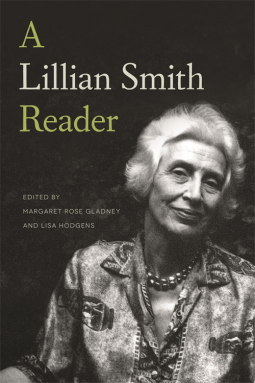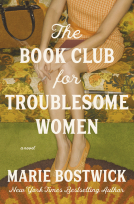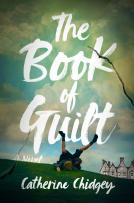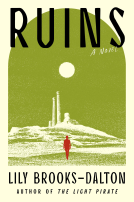
A Lillian Smith Reader
by Lillian Smith
This title was previously available on NetGalley and is now archived.
Send NetGalley books directly to your Kindle or Kindle app
1
To read on a Kindle or Kindle app, please add kindle@netgalley.com as an approved email address to receive files in your Amazon account. Click here for step-by-step instructions.
2
Also find your Kindle email address within your Amazon account, and enter it here.
Pub Date Sep 01 2016 | Archive Date Nov 15 2016
Description
As a writer and forward-thinking social critic, Lillian Smith (1897–1966) was an astute chronicler of the twentieth-century American South and an early proponent of the civil rights movement. From her home on Old Screamer Mountain overlooking Clayton, Georgia, Smith wrote and spoke openly against racism, segregation, and Jim Crow laws long before the civil rights era.
Bringing together short stories, lectures, essays, op-ed pieces, interviews, and excerpts from her longer fiction and nonfiction, A Lillian Smith Reader offers the first comprehensive collection of her work and a compelling introduction to one of the South’s most important writers.
A conservatory-trained music teacher who left the profession to assume charge of her family’s girls’ camp in Rabun County, Georgia, Smith began her literary careerwriting for a journal that she coedited with her lifelong companion, Paula Snelling, successively titled Pseudopodia (1936), the North Georgia Review (1937–41), and South Today (1942–45). Known today for her controversial, best-selling novel, Strange Fruit (1944); her collection of autobiographical essays, Killers of the Dream (1949); and her lyrical documentary, Now Is the Time (1955), Smith was acclaimed and derided in equal measures as a southern white liberal who critiqued her culture’s economic, political, and religious institutions as dehumanizing for all: white and black, male and female, rich and poor. She was also a frequent and eloquent contributor to periodicals such as the Saturday Review, LIFE, the New Republic, the Nation, and the New York Times.
The influence of Smith’s oeuvre extends far beyond these publications. Her legacy rests on her sense of social justice, her articulation of racial and social inequities, and her challenges to the status quo. In their totality, her works propose a vision of justice and human understanding that we have yet to achieve.
A Note From the Publisher
Margaret Rose Gladney is professor emerita of American Studies at the University of Alabama. She is the editor of How Am I to Be Heard? Letters of Lillian Smith.
Lisa Hodgens is a poet and professor of English at Piedmont College.
Lisa Hodgens is a poet and professor of English at Piedmont College.
Advance Praise
—Anne C. Loveland, author of Lillian Smith: A Southerner Confronting the South
“A Lillian Smith Reader offers the first comprehensive
compilation of Smith’s large and diverse body of writing, including
excerpts from her fiction along with selections that cover the full
range of her gifts as a creative writer of nonfiction and social
commentary. . . . This is a needed resource.”
—Will Brantley, editor of the fiftieth-anniversary edition of Lillian Smith’s Now Is the Time
"Gladney and Hodgens have here lovingly edited and selected works long
out of print, including fiction, autobiographical essays, reviews, and
criticism, with the intention of reminding readers of the importance of
Smith's commentary. The resulting anthology offers insight into the
namesake of the Lillian Smith Book Award. This book will interest
readers of Southern literature and those who are curious about issues of
social justice."
—Pam Kingsbury, Library Journal
Available Editions
| EDITION | Other Format |
| ISBN | 9780820349992 |
| PRICE | $29.95 (USD) |
Links
Average rating from 4 members
Readers who liked this book also liked:
Marie Bostwick
Historical Fiction, Literary Fiction, Women's Fiction









